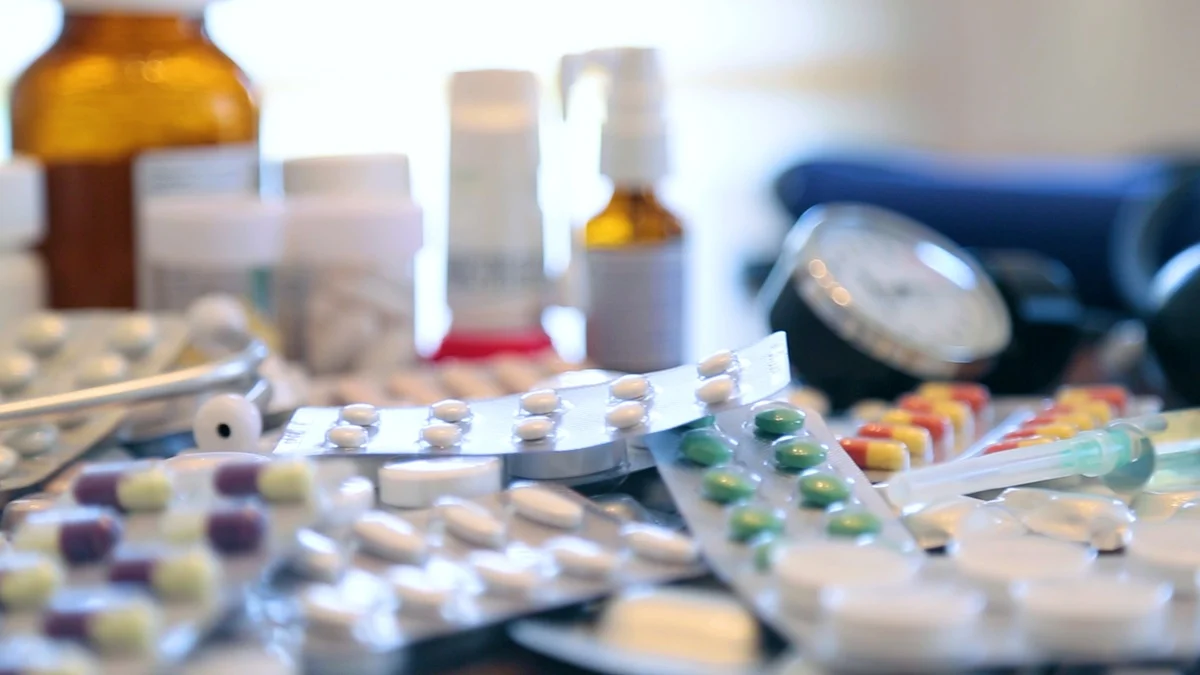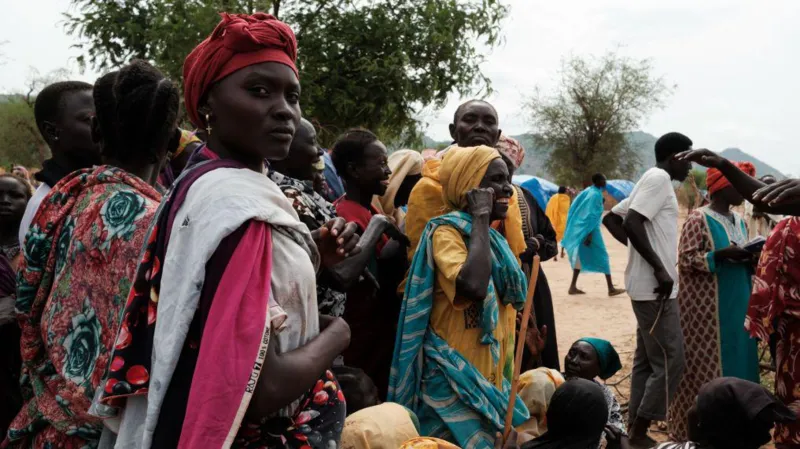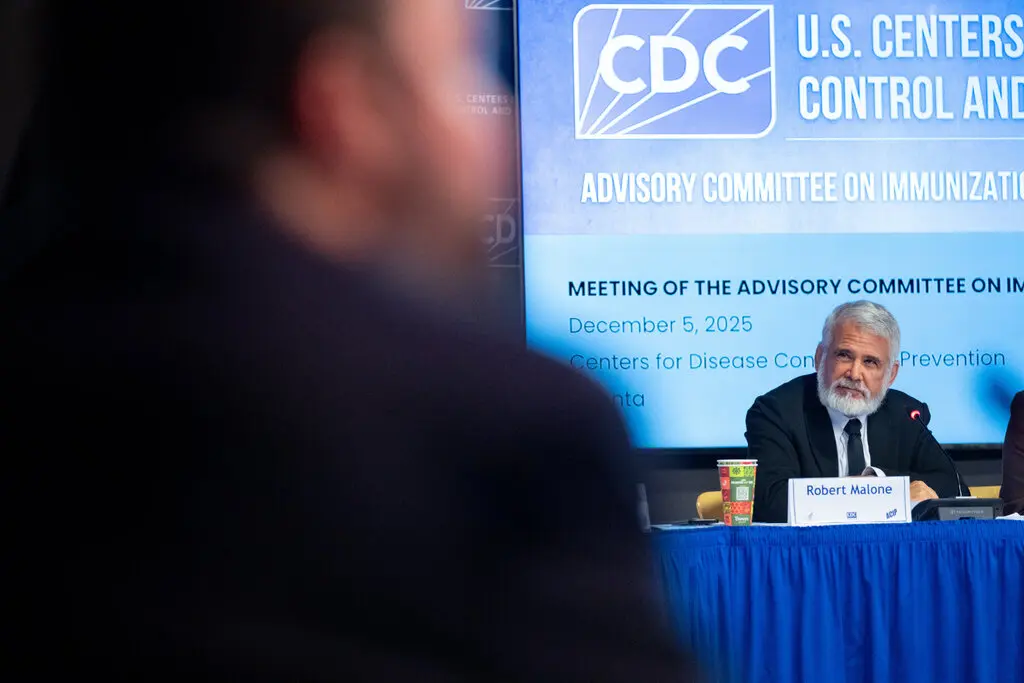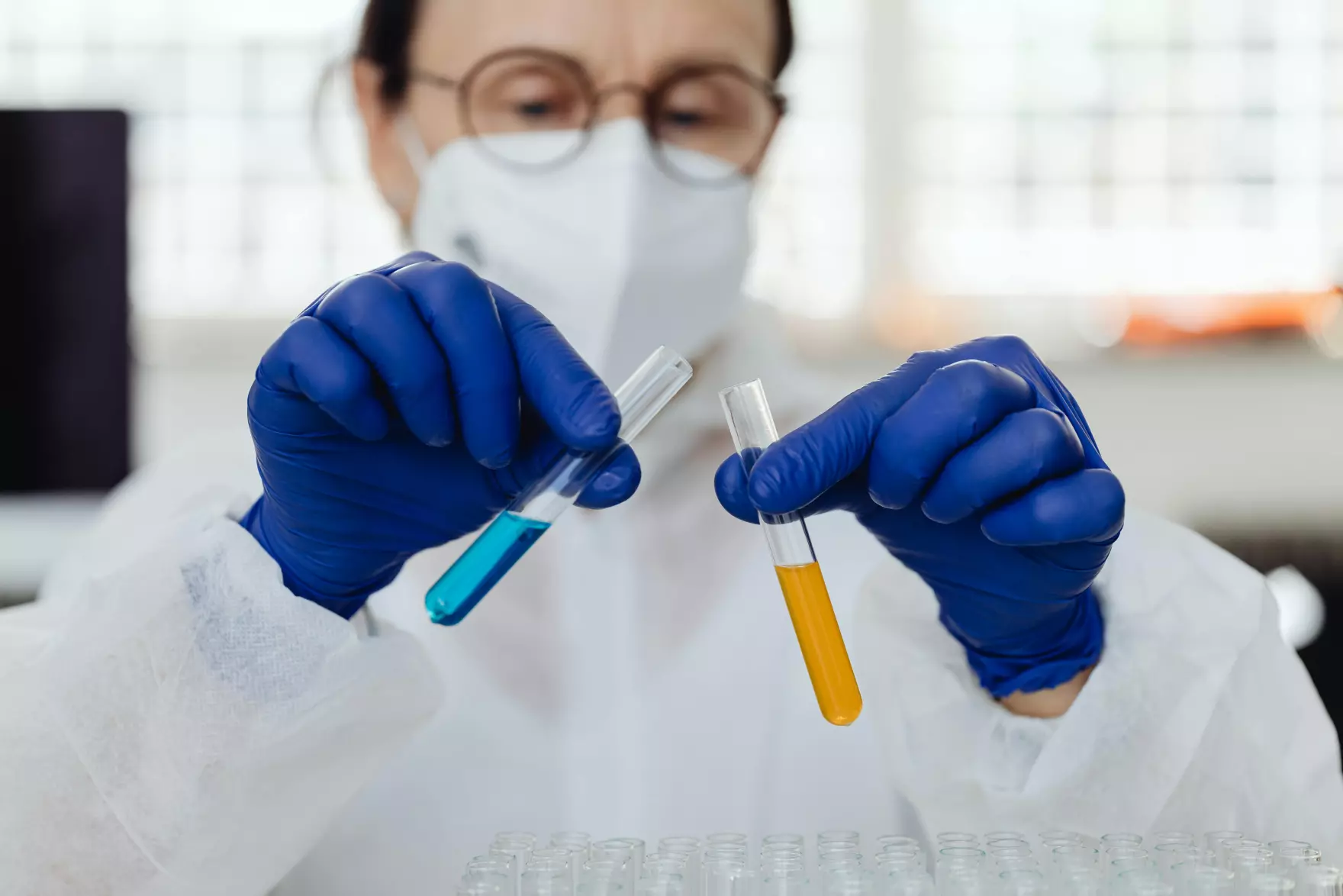In a major step toward global health equity, the World Health Organization (WHO) has added several high-impact therapies to its latest Model Lists of Essential Medicines for both adults and children. This represents the 24th update for adults and the 10th for children, underscoring WHO’s commitment to evolving public health priorities around the world.
What’s New on the List?
- GLP-1 receptor agonists — including semaglutide, dulaglutide, liraglutide, and the dual GLP-1/GIP agonist tirzepatide — are now recognized as essential for adults with type 2 diabetes who also have serious conditions like cardiovascular or kidney disease, or obesity. Though these drugs are commonly cited for weight loss, WHO specified their use for diabetes-related needs.
- Rapid-acting insulin analogues have been added—complementing existing long-acting insulins—and are vital for managing type 1, type 2, and gestational diabetes.
- Pembrolizumab, a PD-1 immune checkpoint inhibitor, joins the list as a first-line treatment for the most severe cases of cervical, colorectal, and non-small-cell lung cancers. Alternatives like atezolizumab and cemiplimab are included for lung cancer cases.
- Trikafta/Kaftrio, a breakthrough therapy for cystic fibrosis, also gains coverage—marking a significant boost for patients battling this severe genetic condition.
Why This Update Matters
The updated lists now include 523 medications for adults and 374 for children, reflecting a curated selection grounded in clinical effectiveness and global public health impact. Notably, the WHO’s committee only endorsed cancer treatments that demonstrably extend survival—typically by four to six months—emphasizing life-changing benefits over novelty.
For GLP-1 agonists, WHO highlighted access challenges: their high cost limits their availability in lower-income countries. By listing them as essential, the organization aims to incentivize affordable, generic production of these medications as patents begin to expire.
Steering Toward Equity in Global Healthcare
This addition marks a pivotal moment in extending life-saving treatments to underserved populations. WHO leaders emphasize that inclusion in the Essential Medicines List is not symbolic—it can drive procurement decisions, health insurance coverage, and public investment in health systems.
Ultimately, WHO’s updated recommendations underscore a global strategy focused not just on treating disease—but on making proven, effective therapies accessible to all, regardless of economic status.












Leave a Reply